SOURCE: IDRW.ORG TEAM


The Defence Research and Development Organisation (DRDO) is actively working on bolstering the protection capabilities of the indigenously developed Zorawar light tank. As the Indian Army expresses a desire for increased armor and the integration of an Active Protection System (APS), the DRDO is facing the challenge of balancing enhanced protection with the tank’s core design principles of lightness and mobility.
The Zorawar, designed for high-altitude operations, is intended to be a nimble and rapidly deployable asset. However, the Indian Army’s demand for heavier armor could significantly impact the tank’s weight, potentially compromising its mobility and strategic advantages.
Continue readingSOURCE: IDRW.ORG TEAM


Aerospace giant Airbus is gearing up to showcase its cutting-edge Eurodrone MALE UAV in India, with a potential showcasing scale model slated for the upcoming Aero India air show in 2025. This move underscores the company’s keen interest in tapping into the burgeoning Indian unmanned aerial vehicle (UAV) market.
The Eurodrone, a collaborative venture between Germany, France, Italy, and Spain, represents a significant leap forward in UAV technology. Designed for operation in non-segregated airspace, it offers unmatched capabilities in intelligence, surveillance, and reconnaissance (ISR). The aircraft’s modular design allows for customization based on specific mission requirements.
Continue readingSOURCE: RAUNAK KUNDE / NEWS BEAT / IDRW.ORG


In a significant development for India’s armoured forces, the Indian Army’s T-90MKIII main battle tanks are set to receive a major upgrade with the introduction of the DATRAN 1500 hp engine. This new engine will replace the existing Russian V-92S2 engine, which currently develops 1,000 hp and is coupled to a manual transmission with seven forward and one reverse gear. The upgrade aims to enhance the performance and operational capabilities of the T-90MKIII tanks.
The prototype of the DATRAN 1500 hp engine was successfully test-fired in 2023, marking a milestone in India’s Indigenous defence technology development. The Defence Research and Development Organisation (DRDO) has also shared the test bed for the new engine, indicating significant progress in the project. Although official confirmation is pending, the DATRAN 1500 hp engine will likely be used not only in the T-90MKIII but also in the Arjun Mk1A, replacing its current German-made MTU liquid-cooled turbocharged diesel engine of 1400 hp.
Continue readingSOURCE: RAUNAK KUNDE / NEWS BEAT / IDRW.ORG
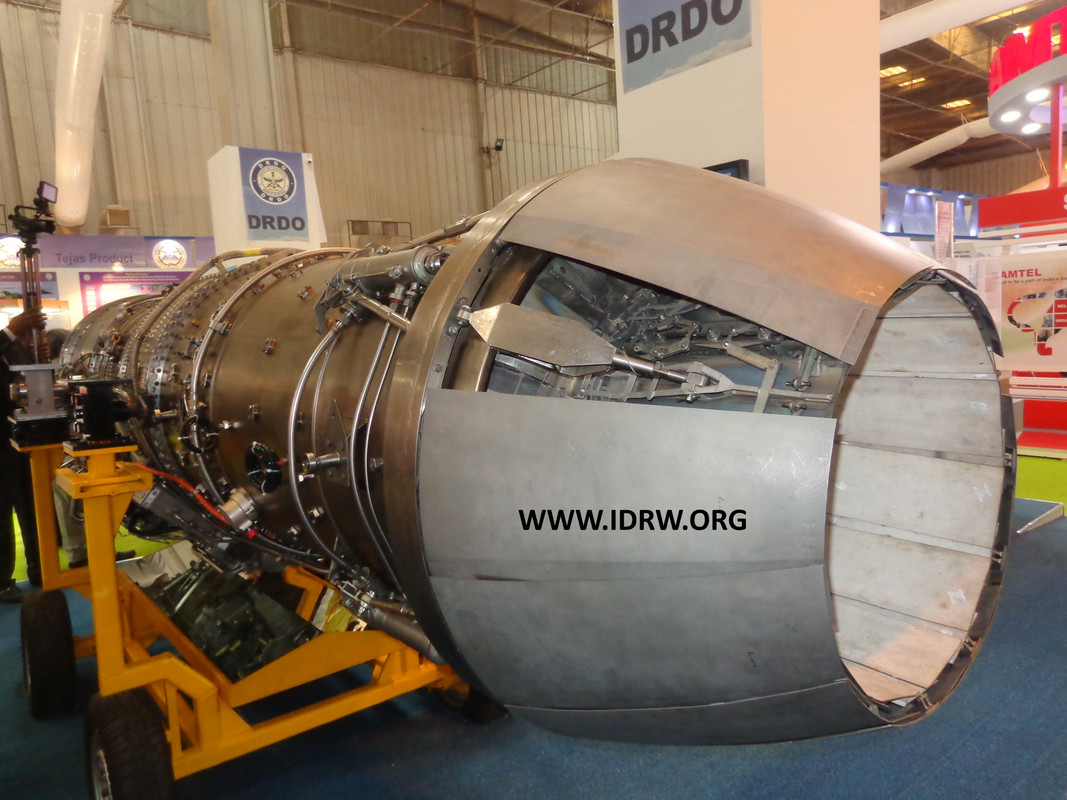

BrahMos Aerospace Thiruvananthapuram Limited has secured a significant contract to supply Afterburner Liner Assembly, along with essential tooling and fixtures, for the Gas Turbine Research Establishment (GTRE)’s 80KN engine program under the aegis of the Defence Research and Development Organisation (DRDO).
This development underscores the growing collaboration between DRDO and the Indian industry in the critical domain of aerospace propulsion. The 80KN engine program is a pivotal component of DRDO’s efforts to develop a new afterburner module for the Dry Kaveri engine. Once successfully integrated, this engine is slated to power an LCA-Tejas Trainer aircraft, marking a crucial step in the engine’s certification process.
Continue readingSOURCE: RAUNAK KUNDE / NEWS BEAT / IDRW.ORG

The Indian Air Force’s Tejas Mk1A program has hit a potential roadblock with the performance of its Israeli-made ELM-2052 Active Electronically Scanned Array (AESA) Fire Control Radar (FCR). According to defense journalist Anantha Krishnan M, the radar is facing undisclosed issues.
The ELM-2052, developed by Israel Aerospace Industries (IAI), is also integrated into the IAF’s Jaguar Darin III upgraded fighter jets. In 2020, HAL secured a license to produce the radar’s gallium arsenide-based modules for the Jaguar program. Notably, the Tejas Mk1A variant houses a larger antenna and power supply for its ELM-2052 compared to the Jaguar version.
Continue readingSOURCE: IDRW.ORG TEAM
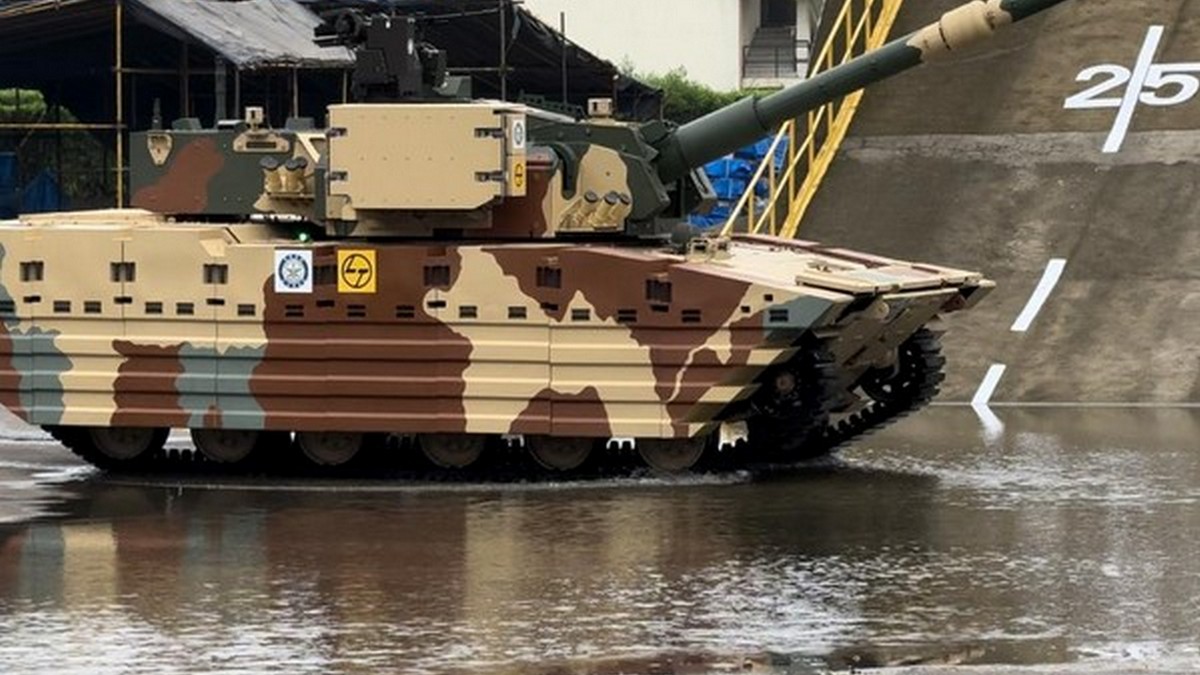)

Dr. Samir V. Kamat, Secretary of the Department of Defence Research and Development (DDR&D) and Chairman of the DRDO, has highlighted the exceptional versatility of the DRDO-developed Light Tank, co-created with Larsen & Toubro (L&T). Designed with a weight of 25 tons, the tank is not only optimized for the challenging high-altitude conditions near the Line of Actual Control (LAC) but is also ideally suited for the demanding terrain of the Rann of Kutch, a vast salt marsh in the Thar Desert.
The Rann of Kutch, infamous for its treacherous mudflats and soft ground, has historically proven to be a formidable obstacle for armored vehicles. In 1965, the Pakistani Army’s tank advance into the region was significantly hampered by the challenging terrain, resulting in numerous vehicles getting bogged down. The DRDO’s Light Tank, with its reduced weight, is expected to overcome these challenges, providing superior mobility in such environments.
Continue readingSOURCE: IDRW.ORG TEAM
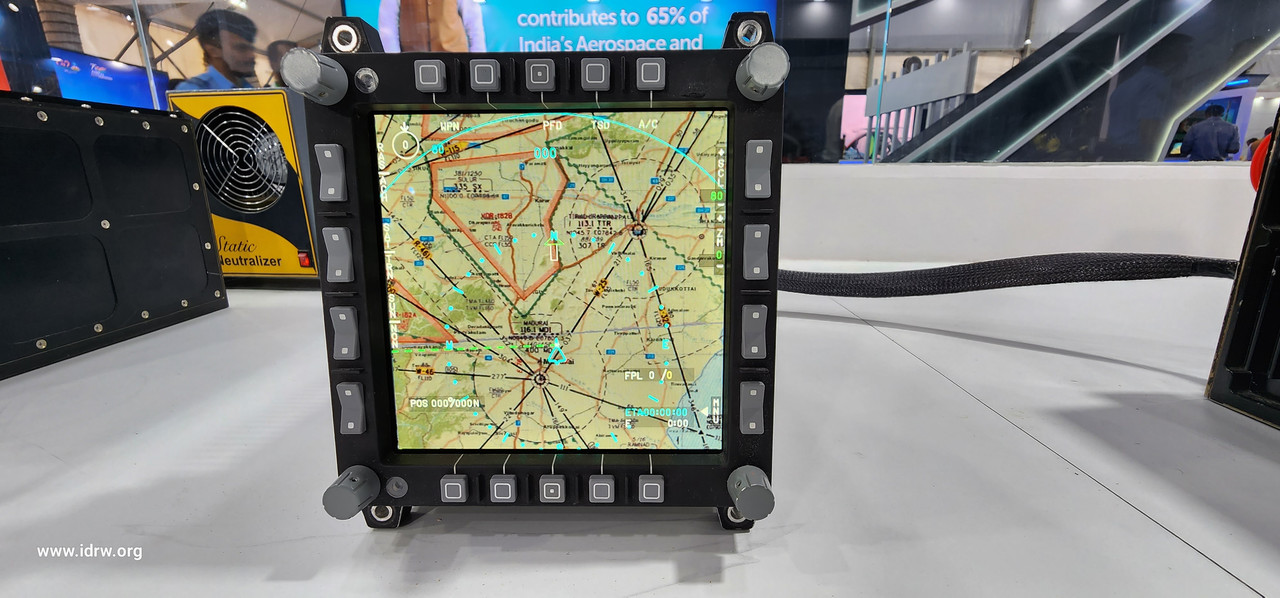

The Department of Defence Production (DDP) has announced the 5th Positive Indigenisation List (PIL), marking a significant step towards self-reliance in the Indian defence sector. This list identifies crucial equipment that will be indigenously manufactured by 2028, reducing dependence on foreign imports and boosting domestic capabilities.
The list prioritizes the domestic production of critical components for upcoming weapon systems, platforms, and sensors. This includes items like:
Continue readingSOURCE: RAUNAK KUNDE / NEWS BEAT / IDRW.ORG
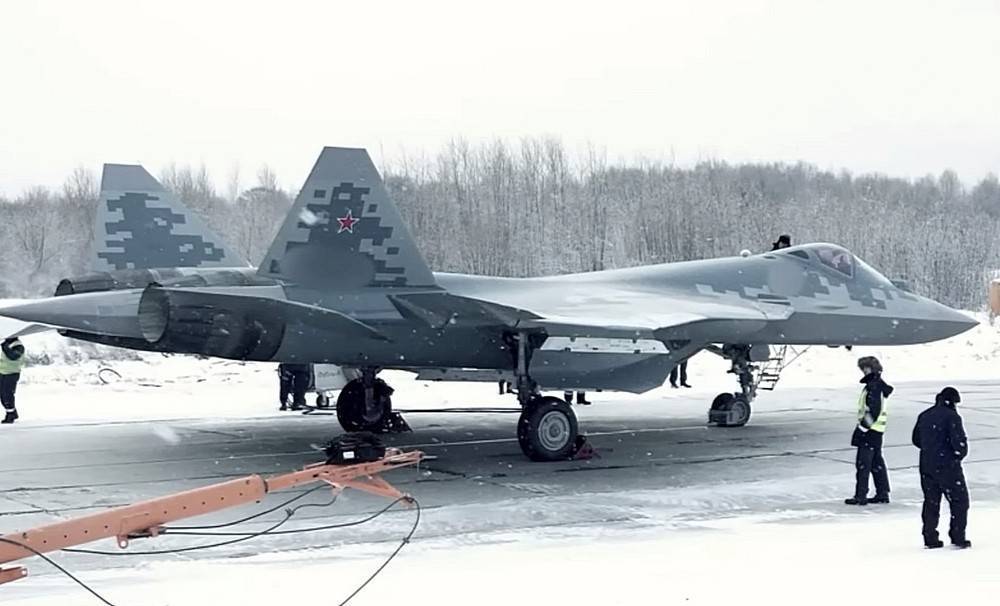

Russia is making a renewed push to attract India to its fifth-generation Su-57 fighter jet program, claiming to have addressed key concerns raised by the Indian Air Force (IAF) that led to India’s exit in 2018.
The IAF had reservations about the baseline Su-57, particularly its engine and stealth capabilities. The original AL-41F engine, based on the Su-30MKI’s engine, limited the jet’s ability to achieve sustained supersonic speeds without afterburner, a vital feature for a true fifth-generation fighter. Additionally, the IAF questioned the overall stealth design of the Su-57.
Continue readingSOURCE: RAUNAK KUNDE / NEWS BEAT / IDRW.ORG

In a bid to overcome the challenges faced in its High-Altitude Long-Endurance (HALE) Unmanned Aerial Vehicle (UAV) program, the Aeronautical Development Establishment (ADE) is seeking foreign expertise. General Atomics, a renowned aerospace and defense company, has extended an offer to act as a consultant for India’s HALE UAV development.
The ADE’s previous attempts at developing UAVs, particularly the Medium-Altitude Long-Endurance (MALE) UAV, Tapas, have been marred by delays and performance issues. This has cast a shadow over the ambitious HALE UAV project.
Continue readingSOURCE: RAUNAK KUNDE / NEWS BEAT / IDRW.ORG
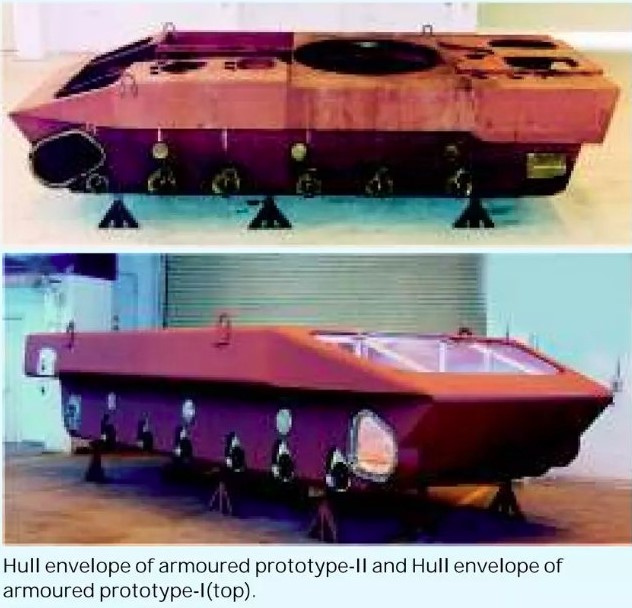

India’s DRDO (Defence Research and Development Organisation) has achieved a significant breakthrough in tank design with the Zorawar Light Tank. The 25-ton tank is the first to utilize a Composite Armour Monocoque construction, leading to a remarkable 40% weight reduction compared to traditional steel-armoured vehicles.
The Composite Armour Monocoque technology integrates the hull and Armour of the tank into a single, unified structure. This innovative approach eliminates the need for a separate chassis, resulting in a lighter and more agile combat platform.
Continue readingSOURCE: IDRW.ORG TEAM

In a significant boost to the Indian Navy’s underwater capabilities, the Ministry of Defence (MoD) is poised to finalize a deal for the procurement of three additional Kalvari-class submarines by the end of this year. These submarines will be locally manufactured by the state-owned Mazagon Dock Limited (MDL) in collaboration with the French Naval Group.
The decision comes on the heels of successful negotiations and price submissions for the project. This acquisition marks a continuation of the successful Kalvari-class program, which has already seen six submarines join the Indian Navy.
Continue readingSOURCE: IDRW.ORG TEAM
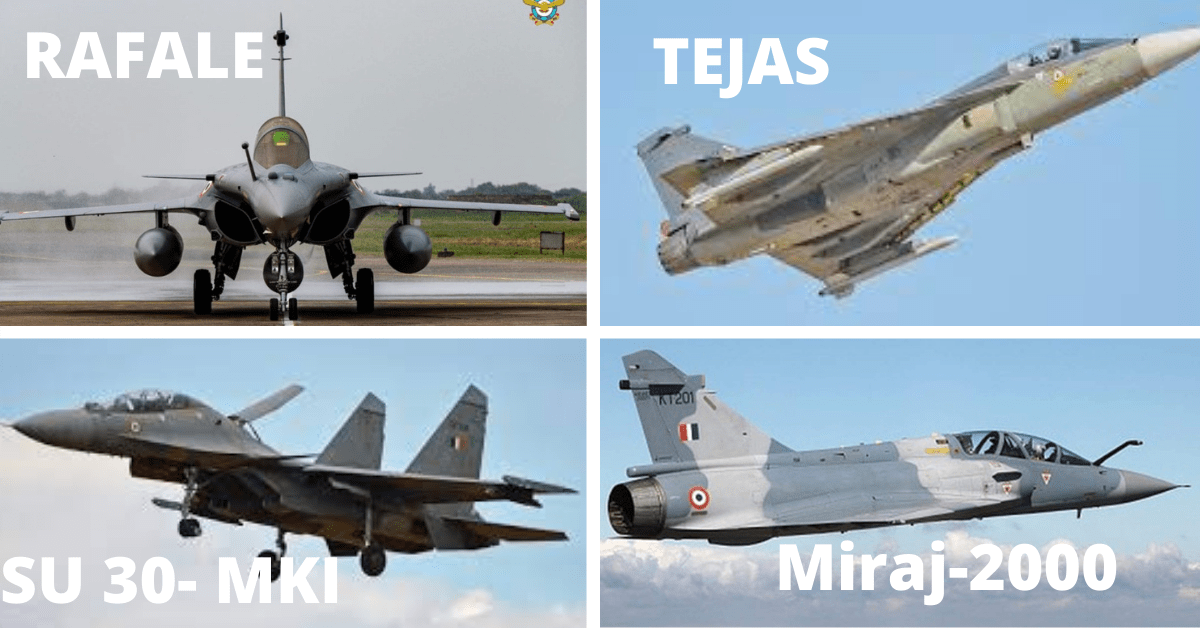

The Indian Air Force (IAF) is grappling with a severe shortage of fighter squadrons, a crisis that is set to deepen in the coming years. Currently operating at a strength of just 31 squadrons, significantly below the required 42, the IAF is facing a daunting challenge to maintain its operational readiness.
The situation is further compounded by the impending retirement of the last two MiG-21 Bison squadrons by the end of 2025. While the Tejas Mk1A is positioned as their replacement, delays in its production and delivery have exacerbated the shortfall.
Continue readingSOURCE: RAUNAK KUNDE / NEWS BEAT / IDRW.ORG
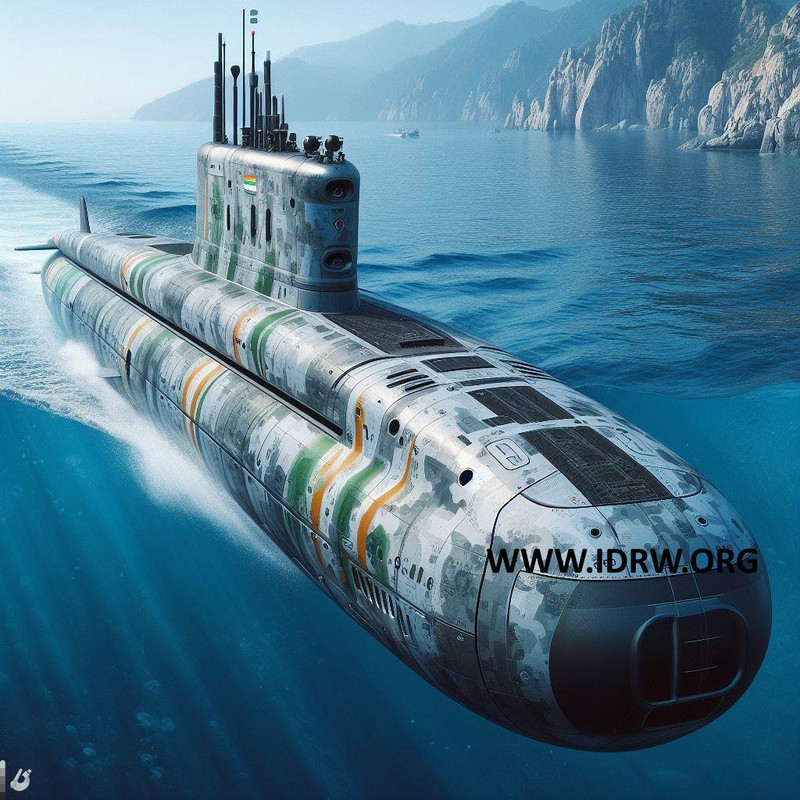

In a significant advancement for India’s naval capabilities, the Defence Research and Development Organisation (DRDO) has received authorization to commence the design of a next-generation conventional diesel submarine as part of Project-76. While comprehensive details of the program are still emerging, several key aspects have been confirmed, highlighting the ambitious scope and advanced technological integration envisioned for the new submarines.
The Indian Navy has specified that the new submarines must incorporate the latest Air-Independent Propulsion (AIP) technology and lithium-ion batteries. These innovations are expected to enhance the submarine’s endurance and operational efficiency. The planned displacement of the submarine is nearly 3,000 tonnes when submerged, positioning it as a formidable asset in India’s underwater fleet.
Continue readingSOURCE: RAUNAK KUNDE / NEWS BEAT / IDRW.ORG
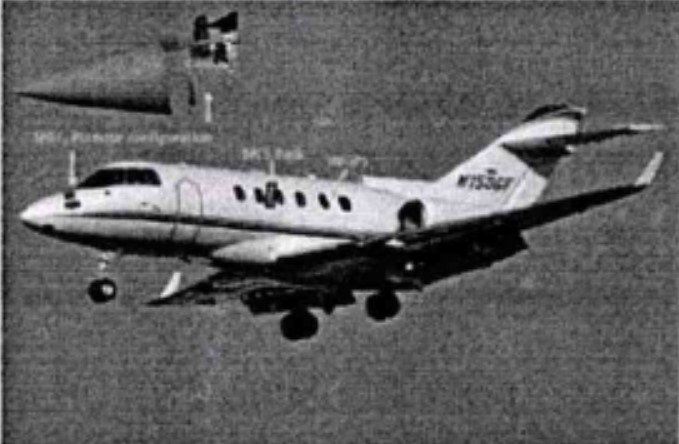

The Instruments Research & Development Establishment (IRDE), a premier laboratory of India’s Defence Research and Development Organisation (DRDO), has made a significant breakthrough with a new airborne Search and Track System. This indigenous system holds immense potential for enhancing the capabilities of Indian military aircraft.
To evaluate the system’s real-world performance, IRDE plans to integrate and test it on a leased British Aerospace BAE 125-800A aircraft, also known as the Hawker. The system comprises two Line Replaceable Units (LRUs): a Sensor Head Unit (SHU) and a Processing Unit (PU). These units will be strategically placed on the aircraft – the SHU housed in the nose section with its dome protruding outside for optimal signal reception, and the PU positioned entirely within the nose section for secure operation.
Continue readingSOURCE: RAUNAK KUNDE / NEWS BEAT / IDRW.ORG
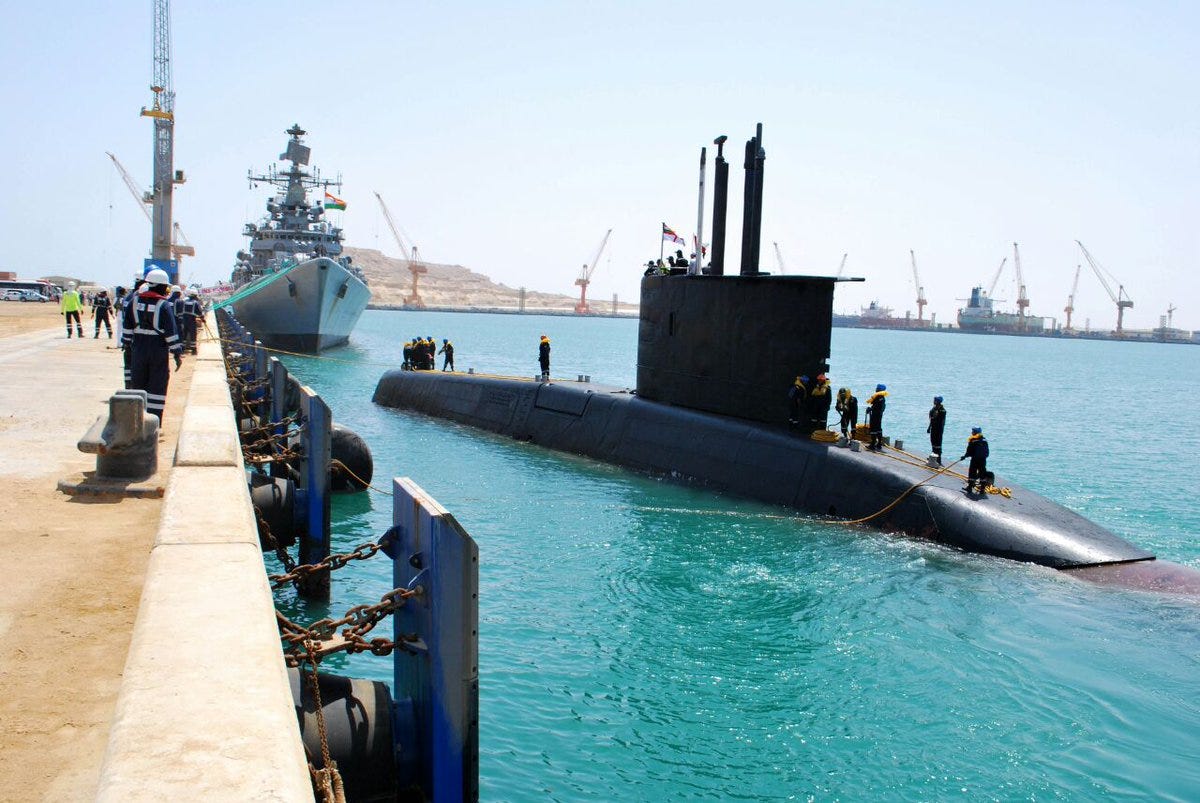

The Indian Navy’s fleet of Shishumar-class submarines, based on the German Type 209 design, is set to continue serving the nation for years to come. German shipbuilder Thyssenkrupp Marine Systems (TKMS) has pledged its unwavering support in maintaining these vital vessels, even if the Indian Navy decides to extend their operational life for another 10-15 years.
The Shishumar class represents a successful collaboration between India and Germany. The first submarine, INS Shishumar, was commissioned in 1986, while INS Shankul, the youngest of the fleet, joined the Indian Navy in 1994. Despite their age (with INS Shishumar nearing 40 years of service), these submarines remain a crucial part of India’s underwater defence capabilities.
Continue reading